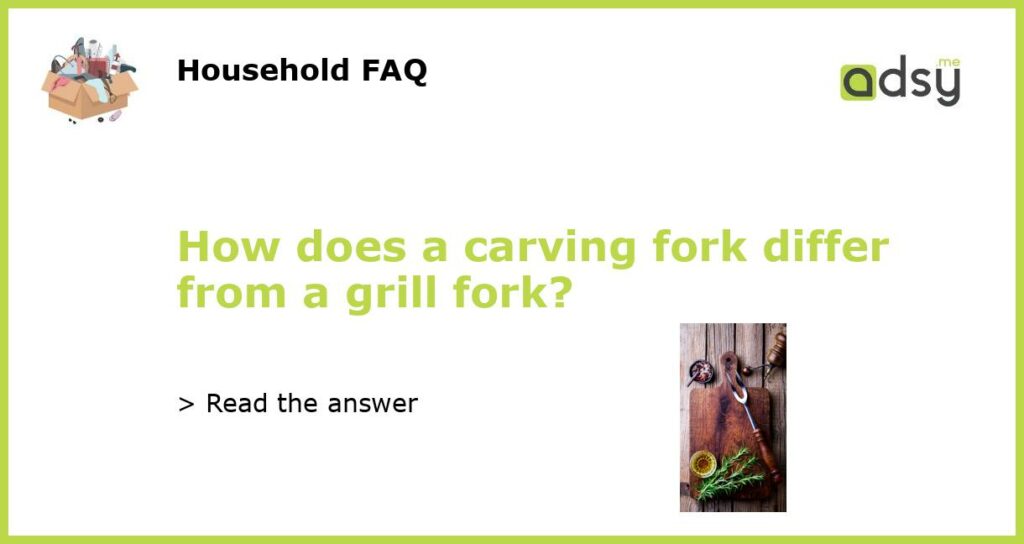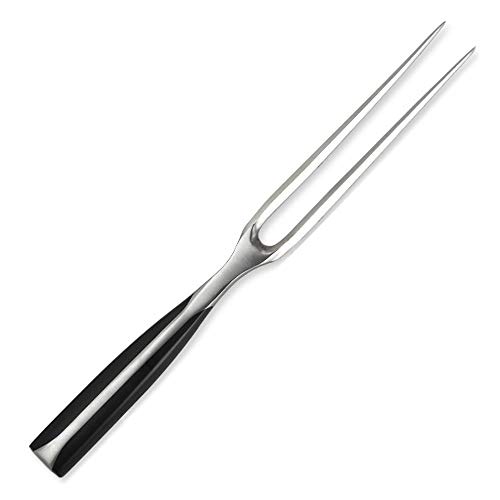Carving Fork vs Grill Fork: Understanding the Key Differences
When it comes to cooking and grilling, a fork is a crucial tool that comes in handy for all kinds of tasks. From turning steaks on the grill to serving roast beef on the dinner table, a fork is a versatile kitchen accessory. However, there are different types of forks available, including carving forks and grill forks, and each one is designed for specific purposes. Here, we’ll dive into the key differences between a carving fork and a grill fork.
Carving Forks: Ideal for Carving Roasts and Poultry
A carving fork is designed to hold meat securely in place while slicing it with a carving knife. It is typically longer and thinner than a grill fork, with two straight tines that are sharp enough to penetrate through meat without tearing it apart. Carving forks are ideal for holding large roasts and poultry steady while carving them into thin, even slices. They come in various sizes, from small 6-inch forks to larger 12-inch ones, depending on the task at hand.
Grill Forks: Perfect for Grilling and Turning Meats
A grill fork, as the name suggests, is primarily used for grilling meat over an open flame or hot coals. It is a sturdy tool that is designed to withstand high heat and heavy use. Grill forks typically have thicker and shorter tines than carving forks, with a wider gap between them. This allows them to easily pierce through meat and provide better grip while turning it over. Some grill forks also have a curved design that conforms to the contours of the meat to avoid puncturing it.
The Main Differences Between a Carving Fork and a Grill Fork
The key differences between carving forks and grill forks can be summarized as follows:
- Carving forks are designed for carving meats into thin slices, while grill forks are better suited for grilling and turning meats over on the grill.
- Carving forks usually have longer and thinner tines than grill forks.
- Grill forks have thicker and shorter tines, with a wider gap between them, making them perfect for piercing and gripping onto meat on the grill.
- Carving forks come in various sizes and are ideal for holding large roasts and poultry steady while carving them into thin slices.
- Grill forks are designed to withstand high heat and heavy use and can also have a curved design that conforms to the contours of the meat.
Choosing the Right Fork for Your Needs
Choosing between a carving fork and a grill fork depends on what task you want to accomplish. If you plan on cooking large roasts and poultry and want to serve them in thin even slices, then a carving fork is your best bet. On the other hand, if you love grilling and want to have better control and grip over your meats on the grill, then a grill fork is the way to go. Whatever your needs, make sure to pick a high-quality fork that is sturdy, durable, and easy to use, to make your cooking and grilling experiences fun and hassle-free.






